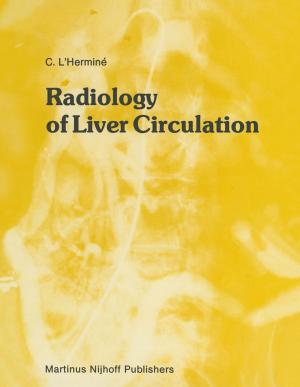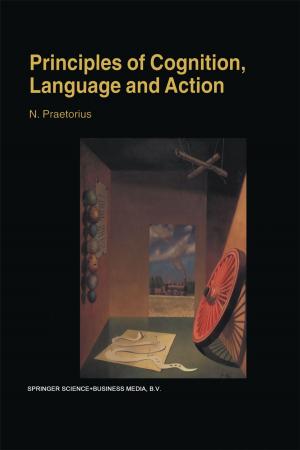Practical Studies of Animal Development
Kids, Natural World, Nonfiction, Reference & Language, Education & Teaching, Science & Nature, Science| Author: | F. S. Billett | ISBN: | 9789401168847 |
| Publisher: | Springer Netherlands | Publication: | December 6, 2012 |
| Imprint: | Springer | Language: | English |
| Author: | F. S. Billett |
| ISBN: | 9789401168847 |
| Publisher: | Springer Netherlands |
| Publication: | December 6, 2012 |
| Imprint: | Springer |
| Language: | English |
The purpose of this book is twofold: it is meant to serve both as a practical manual for the study of animal development and as a general introduction to the subject. Central to our en deavour is the belief that developmental biology is best taught and learnt at the laboratory bench, with specimens which are either alive and can be seen to develop or with fresh material derived directly from the egg (as in birds) or mother (as in mammals). Once the dynamic nature of development is appreci ated and the overall structure of the developing organism discerned the more conventional study of sections and whole mounts is more likely to become a delight rather than a diffi cult, and often meaningless, chore. We have laid considerable stress on the early development of animal embryos and the ways in which they can be obtained from a relatively few, but reliable, sources. In addition, emphasis has been placed on fairly simple experiments which make use of the embryos and larvae chosen for the purpose of illustrating develop ment. Embryology ceased to be a descriptive science at the beginning of this century and any practical course, at what ever level, should attempt to reflect this change. It is true that the analysis of development, particularly the genesis of chor date structure, owed much to the invention of the microtome.
The purpose of this book is twofold: it is meant to serve both as a practical manual for the study of animal development and as a general introduction to the subject. Central to our en deavour is the belief that developmental biology is best taught and learnt at the laboratory bench, with specimens which are either alive and can be seen to develop or with fresh material derived directly from the egg (as in birds) or mother (as in mammals). Once the dynamic nature of development is appreci ated and the overall structure of the developing organism discerned the more conventional study of sections and whole mounts is more likely to become a delight rather than a diffi cult, and often meaningless, chore. We have laid considerable stress on the early development of animal embryos and the ways in which they can be obtained from a relatively few, but reliable, sources. In addition, emphasis has been placed on fairly simple experiments which make use of the embryos and larvae chosen for the purpose of illustrating develop ment. Embryology ceased to be a descriptive science at the beginning of this century and any practical course, at what ever level, should attempt to reflect this change. It is true that the analysis of development, particularly the genesis of chor date structure, owed much to the invention of the microtome.















